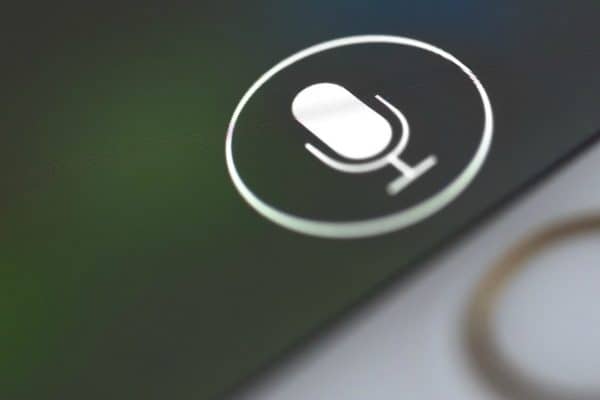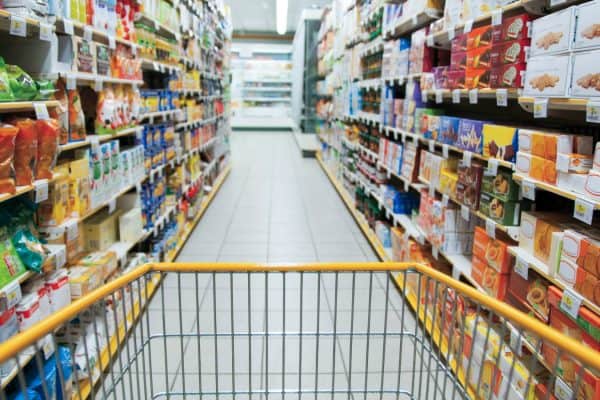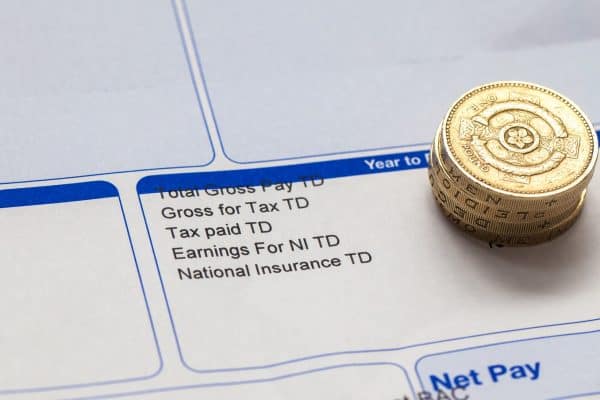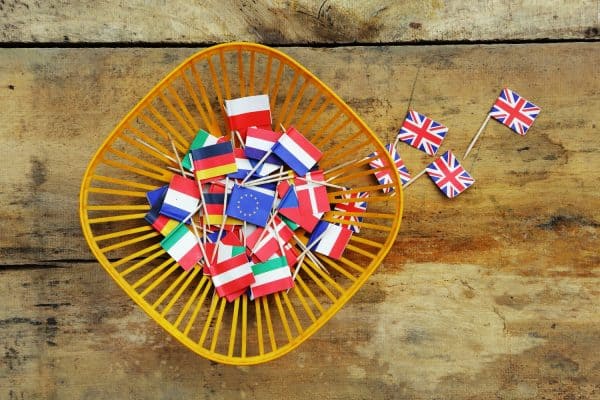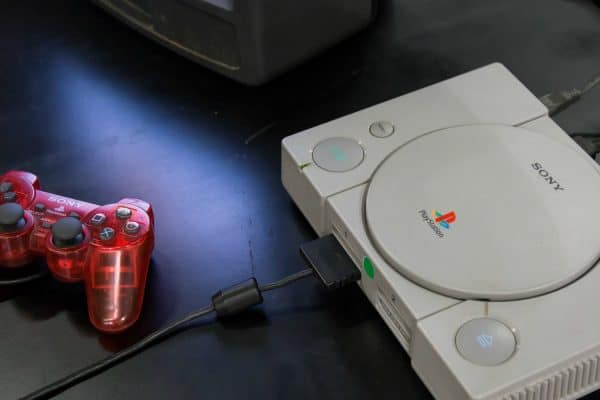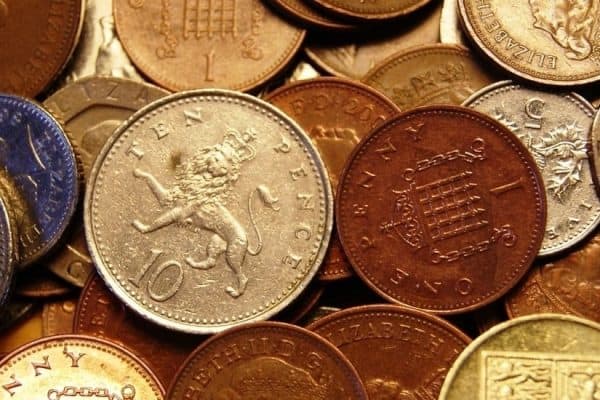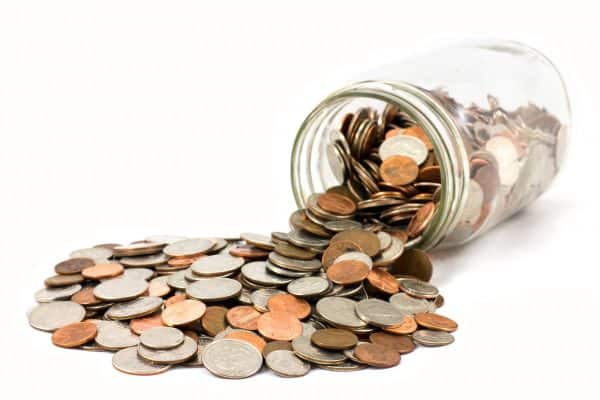OPEC, it is said, is like a tea bag – it only works in hot water. That phrase was coined by an energy academic, Robert Mabro, to point out that OPEC seems to only manage to do its job when it’s in a particularly tight spot. But what, or who, is OPEC? The Organization of the Petroleum Exporting Countries is an alliance of 13 developing countries which depend on income from exporting crude oil. Crude oil is pumped from wells and made into petrol, diesel and other things like tar used to build roads.
Who are OPEC members?
OPEC members are a diverse group and include the desert kingdom of Saudi Arabia, African nations Nigeria and Angola, and Venezuela in Latin America. Between them, they have huge oil reserves and cheap-to-produce oil.
Saudi Arabia is by far the biggest producer, making it the most influential member. The organisation uses English as a working language and holds most of its meetings in Vienna, Austria.
OPEC has been around since 1960 and has so far survived changes of members and numerous predictions of its impending death. Now, seemingly in the face of adversity, it’s enjoying something of a resurgence.
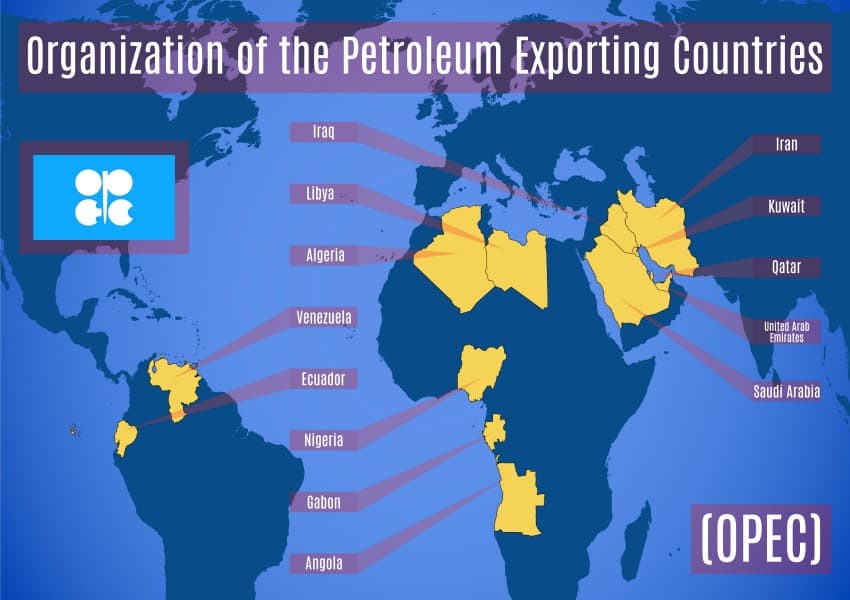
OPEC’s resurgence
What prompted this resurgence was OPEC’s decision last year to cut its oil production for the first time since the 2008 banking crisis. Also, in an even rarer move, Russia and 10 other exporting countries who are not OPEC members, chipped in with cuts. The price of crude oil has risen by almost half in a year to 56 U.S. dollars a barrel, reflecting these changes in the supply and demand of oil.
So, while OPEC doesn’t actually fix prices – although it has tried to in the past – it affects our petrol prices by reducing or raising the supply of crude oil, and the prices follow. According to some, this makes OPEC a cartel, but OPEC rejects this label. It does not enjoy a monopoly, as it pumps only one in every three barrels of oil used every day, but its policies can lead to higher petrol prices, for sure. In December 2015, when our petrol cost less than a pound a litre, crude oil was worth $38 a barrel. Now, unleaded has risen to £1.20 and crude is $56. What’s changed? Well, a major change is OPEC going back to its old ways.
Making OPEC work again
The recent production cut brought to an end a two-year period when OPEC, encouraged by Saudi Arabia, briefly moved into uncharted waters by embracing the principles of the free market.
At a landmark meeting in November 2014, OPEC refused to cut production, to keep hold of its share of the market. But prices collapsed and stayed low, cutting income in OPEC governments sharply. To cut a long story short, two years of falling income – to go back to the witticism of OPEC being like a tea bag – were enough to heat the water and make OPEC work again.
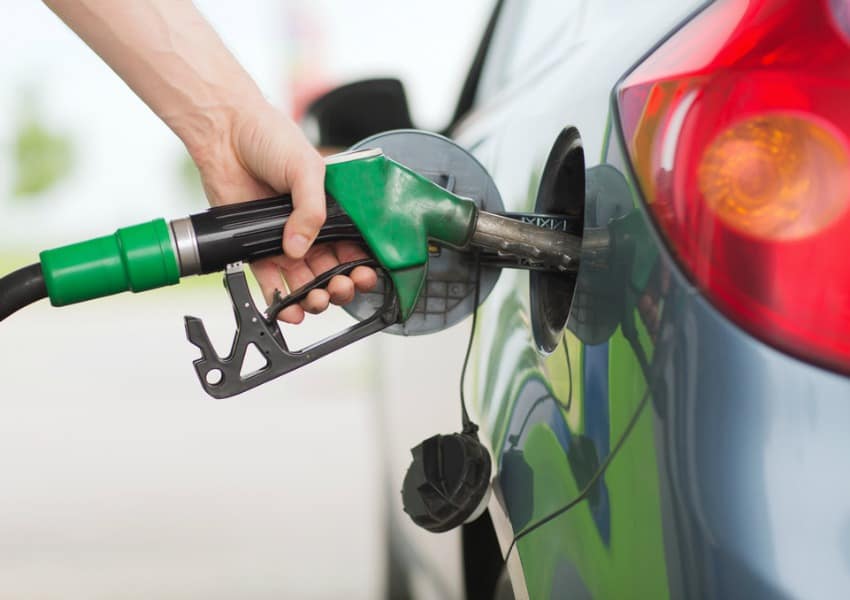
The future of petrol prices
Before you conclude that OPEC is solely to blame for hiking prices, consider that most of the money we hand over when we fill up goes straight to the government in taxes – and we get off lightly on this front compared to some.
So, how far does OPEC want the price of crude oil to go up? Officially it has no price target, but they say not that much more. “We’ll be happy with $60,” a senior official told me recently. To put it simply, OPEC affect the price you pay for petrol by stopping production when they feel oil prices are too low. The lack of supply then forces the price to rise, and once the price has been re balanced production begins again. However, whether $60 is a reasonable sum remains to be seen, as it’s expected that President Trump will encourage more domestic U.S. production. This will add to the global supply of crude oil, meaning that even if OPEC limits their production, this may not affect the availability of petrol.
We shall see. But one thing’s for sure – OPEC is a survivor and its history shows that it works best when it’s in a tight spot.





